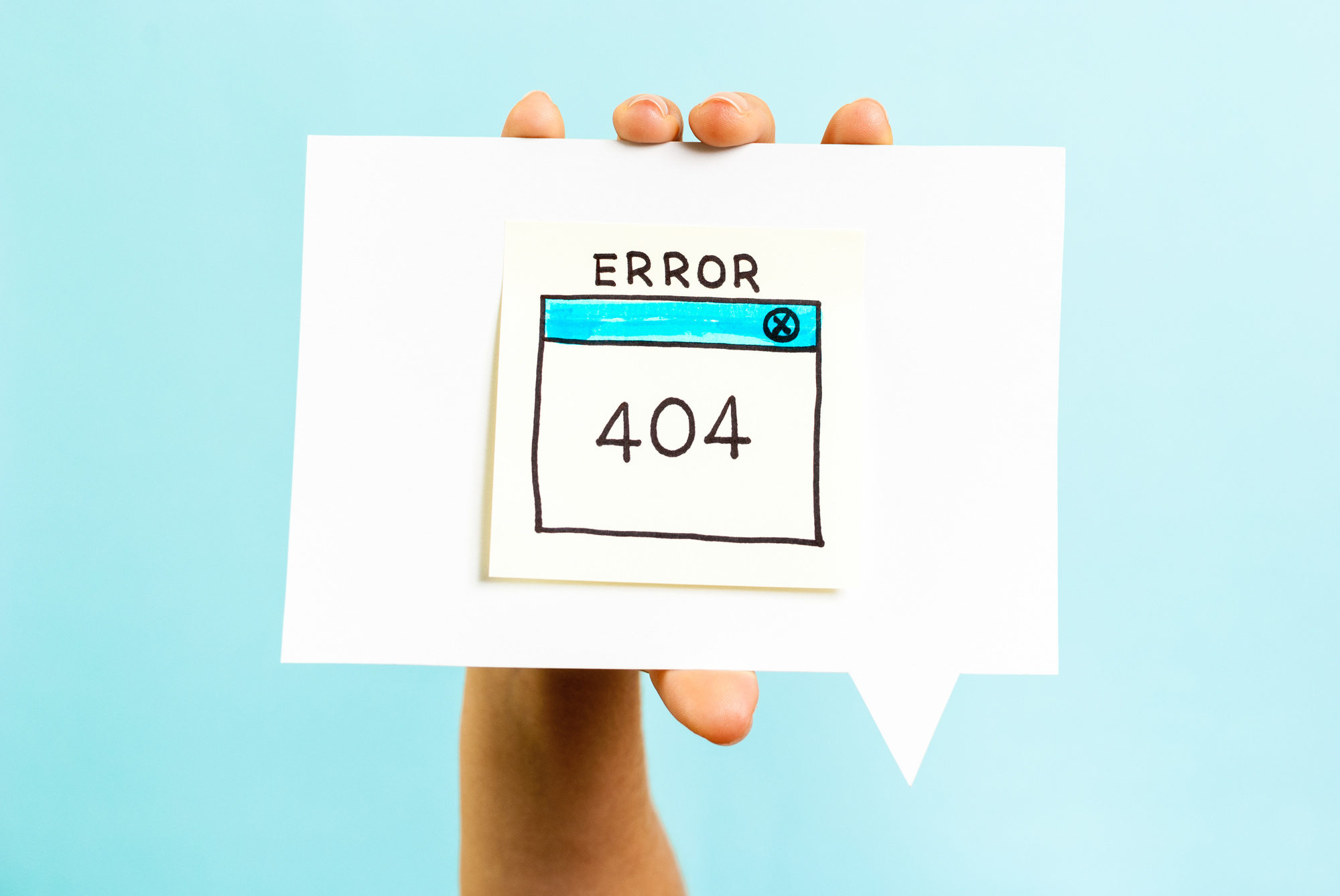Why is availability monitoring important for your loan site?
Your website has several different functions. It’s a brochure, it’s educational, it’s also used to capture leads.
You can’t capture leads if your website is down. Plus, if your site is down and you don’t know it, it could hurt how your site appears in search results.
Keep reading to learn why availability monitoring is a must for your loan site.
Protect Against Hackers
One of the biggest reasons for downtime is due to hackers. Every year, companies lose a collective $400 billion to cyber attacks.
Not only that, if your site is infected with malware, your site will have a malware detection alert from Google. That will deter current and potential customers from accessing your site.
By monitoring your website, you’ll know within a few minutes if your site has been hacked.
You can then respond to the attack quickly and get your loan site up and running as soon as possible.
Create a Better Brand Experience
As a loan company, you want to be sure that your site is up all the time, otherwise you risk hurting the way customers think about your brand.
What would customers and potential customers think of your business if your site keeps going down? It would be like walking into any bar in America and they’re out of Budweiser!
If your website is down often, customers may think that you’re out of business, or you’re unreliable.
Let’s say you heard about a finance blog and you wanted to find out more, you would expect to find the site up and running, right? If it’s not, it could leave a bad impression.
Monitoring your loan site can protect your brand from extended and multiple outages, by notifying you on the spot. Chances are, you’ll know about downtime and fix the issue before customers have a chance to judge your business.
Availability Monitoring Takes Out the Guesswork
Monitoring your website also takes the guesswork out of your website’s status. You might suspect that your hosting company isn’t keeping up with its guarantees, but you have no way to prove it.
Rather than making critical decisions for your loan company’s website based off of assumptions, you’re making decisions based on accurate data.
Protect Your SEO Rankings
Forget about keywords and backlinks. If Google can’t access your website because it’s down, it doesn’t exist and it will not appear in search results.
Even if your rankings are still high in Google, downtime will have several negative impacts.
The first is that when people click through to your website, and they find it’s down, they will go back to the search results.
The second negative impact is that your potential customers will then go to your competitor’s site.
The third negative impact is that your bounce rate will shoot through the roof. The bounce rate is the percentage of people who leave your website without visiting any other pages — other than the one they landed on.
Google sees a high bounce rate as a sign that your search listing is irrelevant. As a result, your listing will drop further down the results.
Protect Against Lost Revenue
Every moment that your website is down can mean a loss of revenue. You can be losing loan leads who heard about your services or found you in search results.
They’re trying to access your website to get more information, get a loan quote, or read a blog post.
If they can’t fill out a loan quote online, they’re likely to go to a competitor. That’s lost revenue you could have easily earned.
Even the best hosting services can’t guarantee 100% uptime. If your hosting company guarantees 99% uptime, that means your site will be down about 7 hours each month.
You can’t control when or if your site goes down, but you can have a response plan that you can put into action right away.
A Slow Website Isn’t Good Enough
Your website may be up and running, but it could be slow. A slow website impacts SEO and your customers’ experience in the same ways an inaccessible website does.
Availability monitoring can also detect when your website is slow, which allows you to address those issues with your hosting company.
What to Look for in Availability Monitoring Services
It’s clear that a downed website can harm your business. Fortunately, you can monitor your website without having to hit the refresh button on your browser every few minutes.
If you’re convinced that it’s time to have an availability monitoring service, how do you go about finding the right service for your loan company?
Here are the things you want to keep in mind when researching monitoring services.
- Scalable: The services allow you to start small and grows with your business.
- Frequency of Checks: The more frequent the monitoring service checks your website, the better. It won’t do you any good if the service checks every couple of hours. That’s a big gap for issues to occur and to be notified.
- Notifications: A solid monitoring service should have several methods to contact you, whether that’s email, SMS, or calling.
- Flexibility: Your monitoring service should be flexible so you can schedule the time when your site isn’t monitored. That allows you to perform any scheduled maintenance.
- Reporting: Every month, you should receive reports from your availability monitoring service that details how often your site was checked, and how many issues were discovered. You can then use these reports to detect any trends and address them.
- Monitors Website & Email Accounts: If you have your website and email accounts on separate servers, you should be able to monitor both.
Availability Monitoring Done for You
SiteUptime offers several types of services to help you monitor your website. You’ll be notified when it’s down via SMS. That will allow you to act right away.
The best part of this monitoring service? It requires minimal investment. For $10 a month, you can have your site monitored every two minutes.




